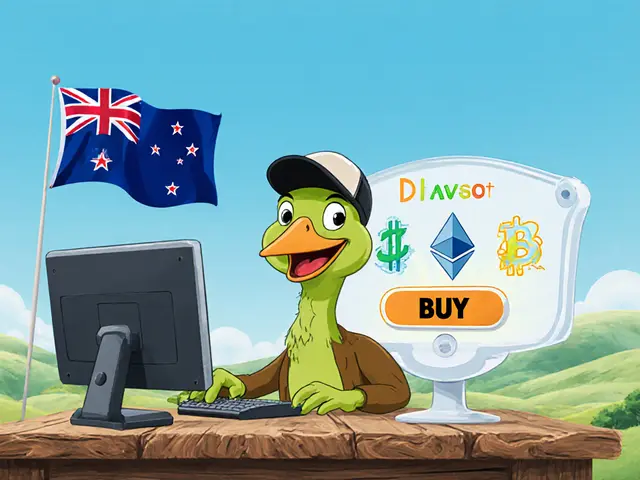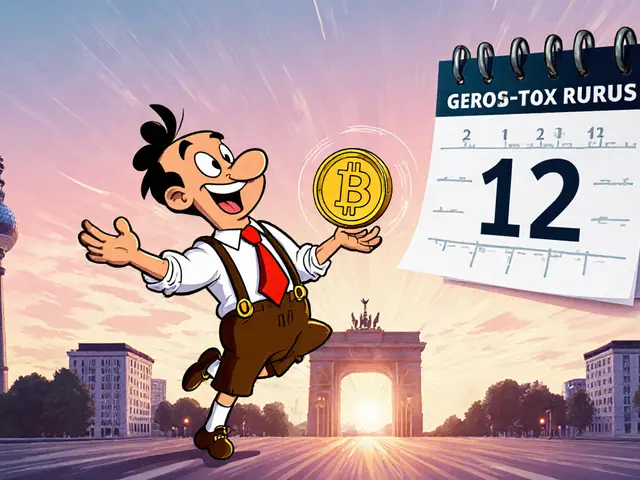Decentralized Advertising: The New Way Brands Reach Audiences
When talking about decentralized advertising, a model that uses blockchain tech to deliver ads without a middle‑man. Also known as peer‑to‑peer ad networks, it lets advertisers and publishers connect directly, cut costs, and earn rewards in crypto. This approach leans heavily on tokenomics, the economic design that defines how tokens are created, distributed, and valued and on utility tokens, coins that grant access to platform features or advertising credits. In practice, a brand might buy ad space with a utility token, while users earn those tokens for viewing or sharing content, creating a self‑sustaining loop.
Why Tokenomics Matters for Ad Platforms
Good tokenomics enables fair reward distribution, controls inflation, and aligns incentives between advertisers, creators, and viewers. Projects that nail their tokenomics often publish detailed whitepapers, list token supply caps, and set clear vesting schedules—just like the WLBO airdrop, which shows how continuous airdrops can fuel network growth. When the supply is predictable, advertisers trust the cost stability, and users trust the value of earned tokens. Poor tokenomics, on the other hand, can lead to price crashes and loss of confidence, as we’ve seen in many short‑lived meme campaigns.
Another key piece is the utility token itself. Unlike pure speculation tokens, utility tokens have a built‑in purpose: they unlock ad inventory, grant targeting tools, or act as payment for booster services. This real‑world use case helps keep demand steady. Think of the way Aave’s GHO stablecoin, provides liquidity for lending—the stablecoin backs a service, so users keep using it. Similarly, a decentralized ad token that lets you purchase premium placements will retain value as long as the platform delivers traffic.
Blockchain choice also shapes the ad experience. High‑throughput chains like Solana or Polygon reduce transaction fees, making micro‑payments for ad views viable. Low‑latency finality means advertisers can bid in real time, while publishers receive instant payouts. Meanwhile, DeFi concepts such as liquidity mining show up as “ad mining”: users stake tokens to earn extra ad impressions, blending yield farming with marketing reach. This crossover appears in articles about liquidity mining vs. yield farming, explaining how different reward structures affect risk and reward.
Regulatory landscapes can’t be ignored either. As governments clarify crypto rules—think of the SEC vs. CFTC clash or Egypt’s crypto fines—ad platforms must stay compliant. A clear legal framework builds trust, encouraging larger brands to experiment with decentralized campaigns. Our guide on crypto regulations in India, shows how to stay legal while running campaigns is a good reference.
All these pieces—tokenomics, utility tokens, fast blockchain, DeFi incentive models, and compliance—combine to form a robust ecosystem for decentralized advertising. Below you’ll find a hand‑picked collection of deep dives, case studies, and step‑by‑step guides that unpack each component. Whether you’re a marketer curious about new ad channels, a developer building a DApp, or an investor scouting the next token‑driven ad platform, the posts ahead give you practical insights you can act on right now.







Categories